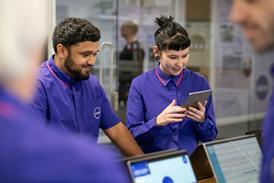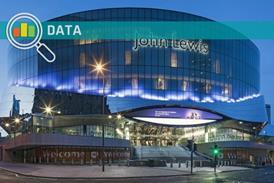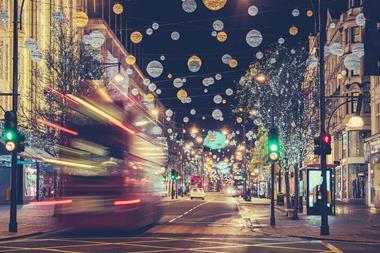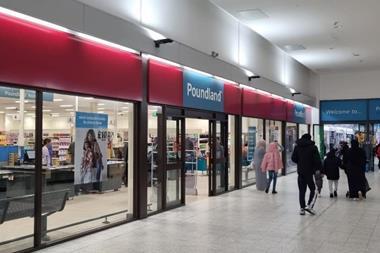Footfall across all UK destinations declined in September as consumers restricted their shopping ahead of the Christmas season.
Overall footfall declined by 2.8% across all retail destinations month on month, versus a rise of 0.2% in August from July.
MRI Software said this “follows a historical trend” as footfall typically declines from August to September, as seen in the decade leading up to 2019.
High street footfall saw a 3.2% decline in September from August, while shopping centres and retail parks saw 3.7% and 1% falls respectively.
Weekday footfall dropped 4.5% in September compared to a rise of 2.7% in August. However, weekend footfall increased 4.6% driven by the reopening of schools and workers returning to offices after the summer holiday.
Annual footfall across UK retail destinations increased, with high streets seeing an annual rise of 1.4%, shopping centres up 1.5% and retail parks up 2.2%.
The gap from pre-pandemic footfall narrowed slightly to -10.9% in September from -11% in August.
MRI Software managing director of Europe, Middle East and Africa James Massey said: “The decline in footfall for September compared to the previous month was particularly noticeable in high streets and shopping centres, as footfall dropped by -3.2% and -3.7% respectively.
“Whereas retail parks saw a more modest decline of -1%. This could be a sign of shoppers continuing to exercise caution in the face of rising interest rates and the burden of the cost of living, which is undoubtedly impacting their spending power especially as we start to prepare for the Christmas season.
“Looking ahead, the declining trend in footfall across UK retail destinations is likely to continue into October as the start of the month will be met with rail disruption in the form of planned strikes and overtime bans, which will impact businesses and retail destinations with people less likely to travel and will opt to work from home where they can.
“Previously, MRI Software’s footfall data has identified a drop in footfall on strike days of between 8% and 20%, and given the widespread nature of the planned strike in the first week of October, the drop in footfall could steer towards the upper range.”

























No comments yet